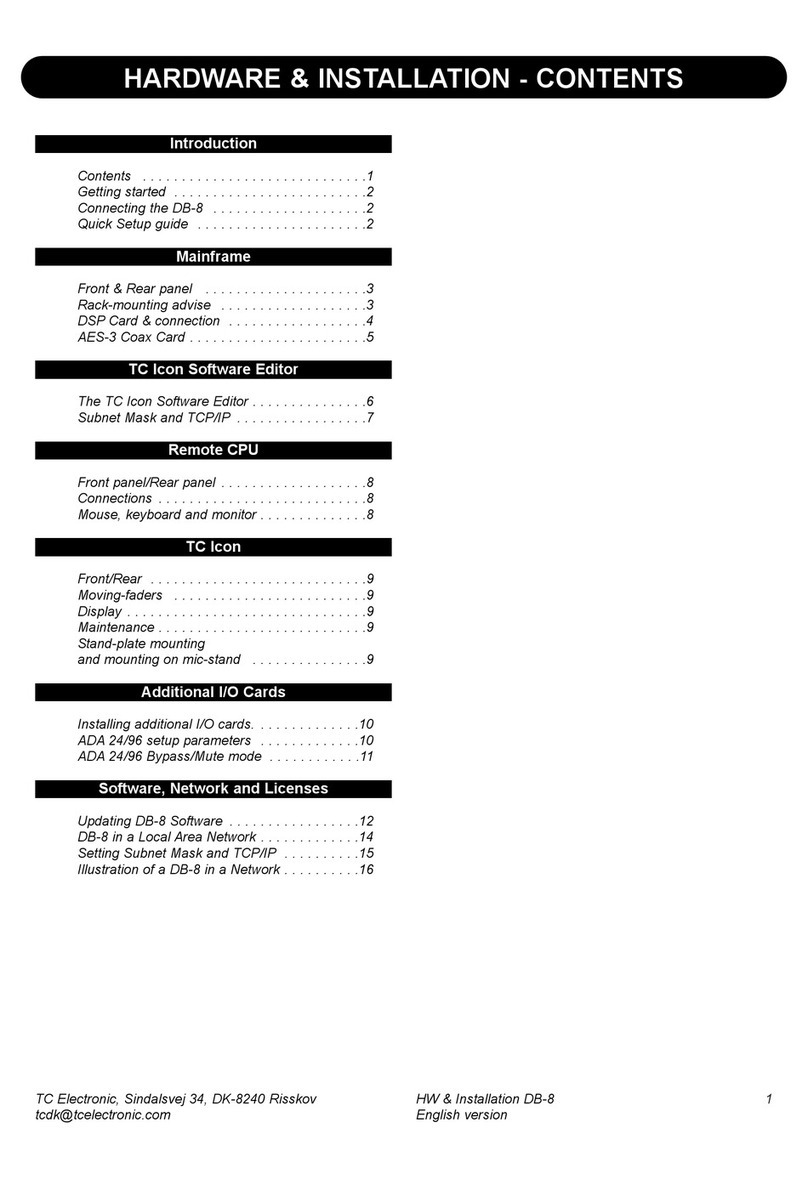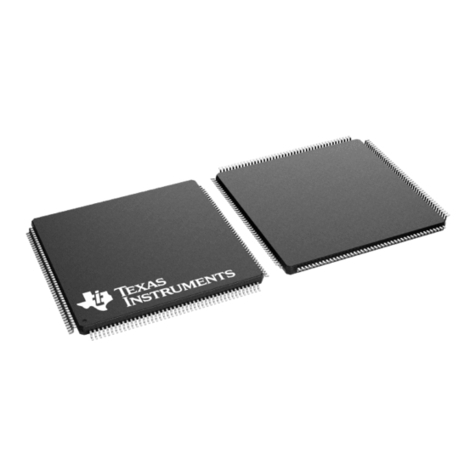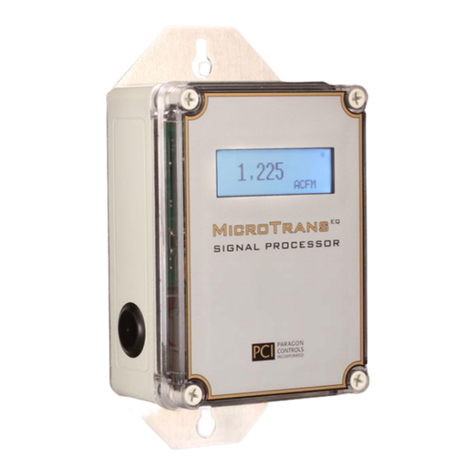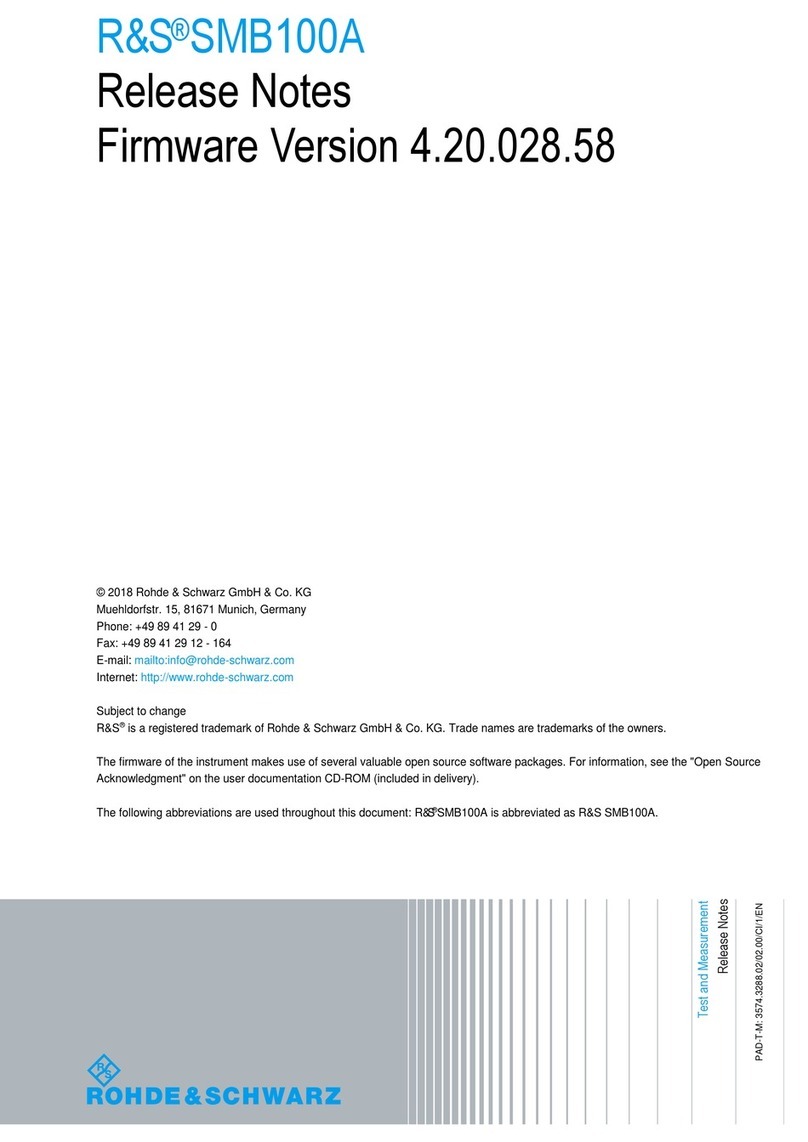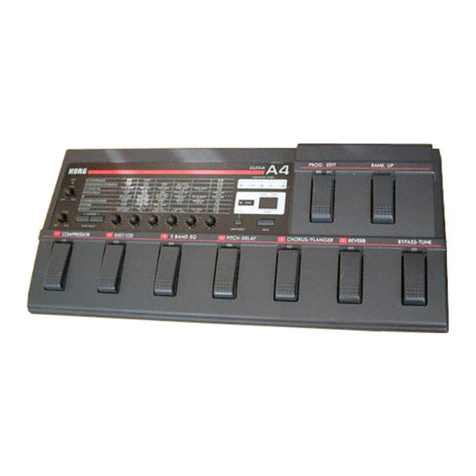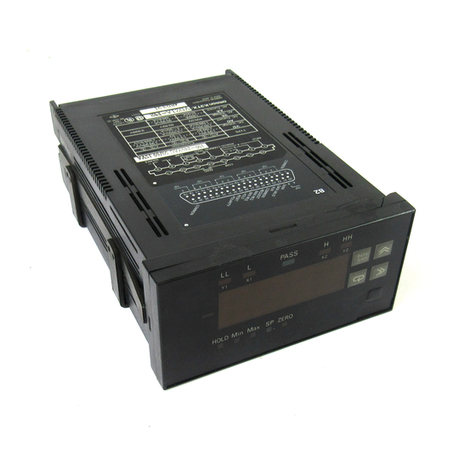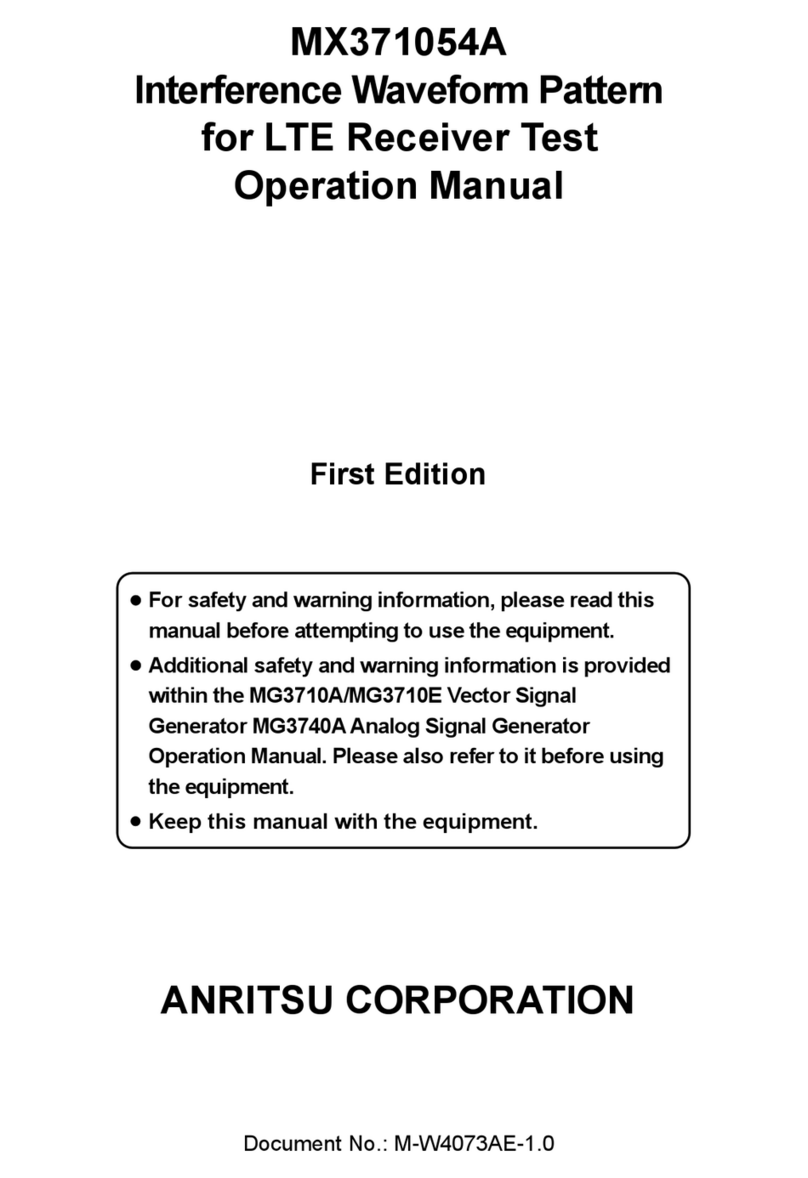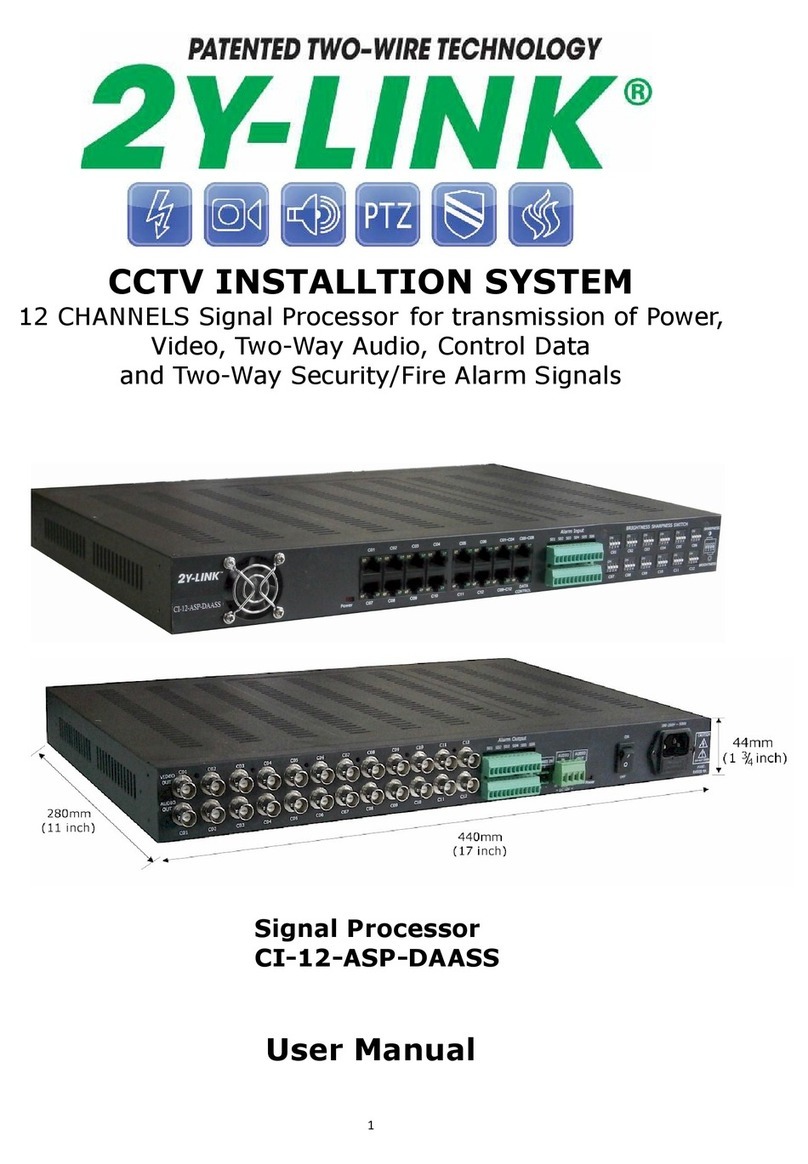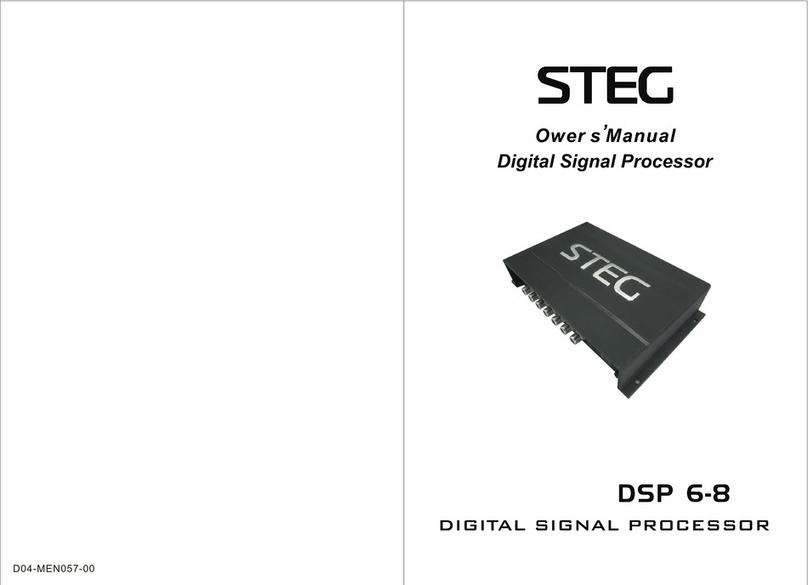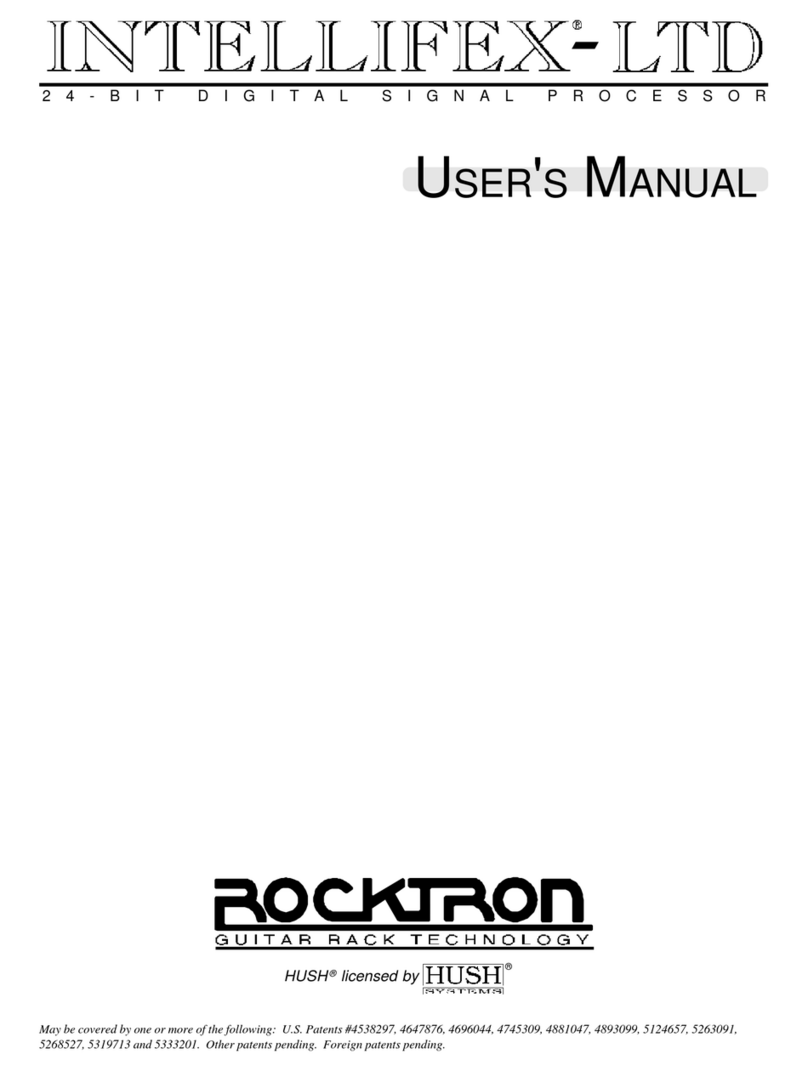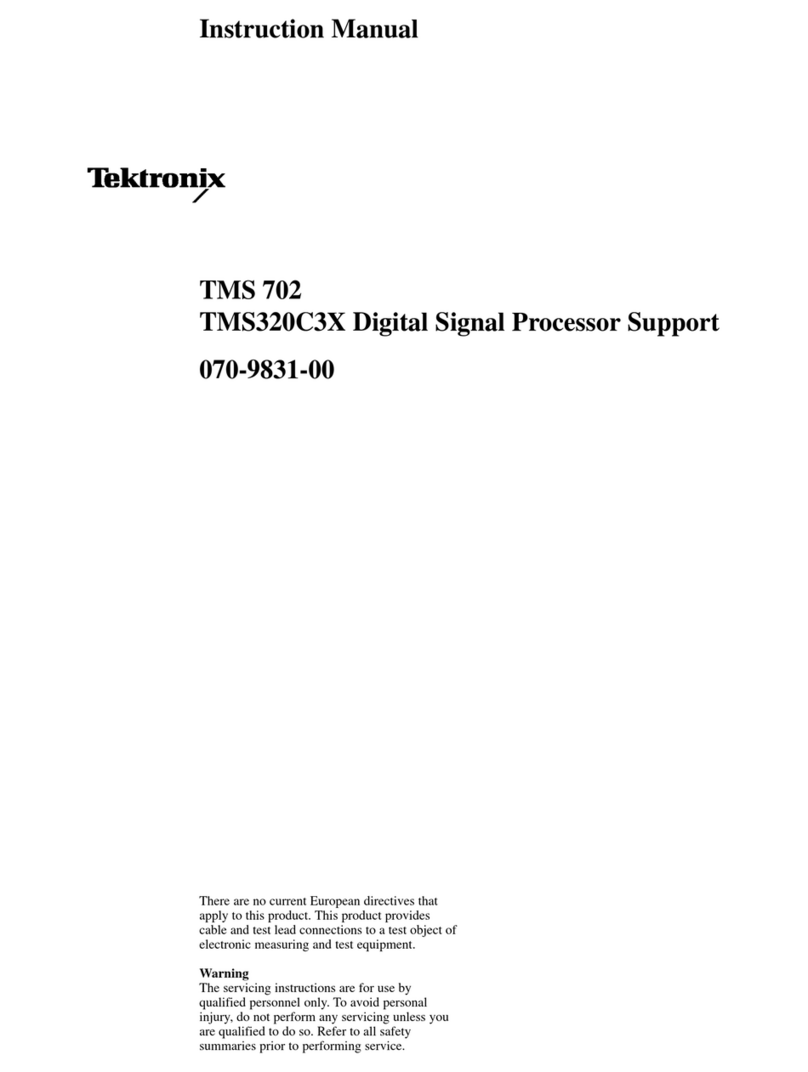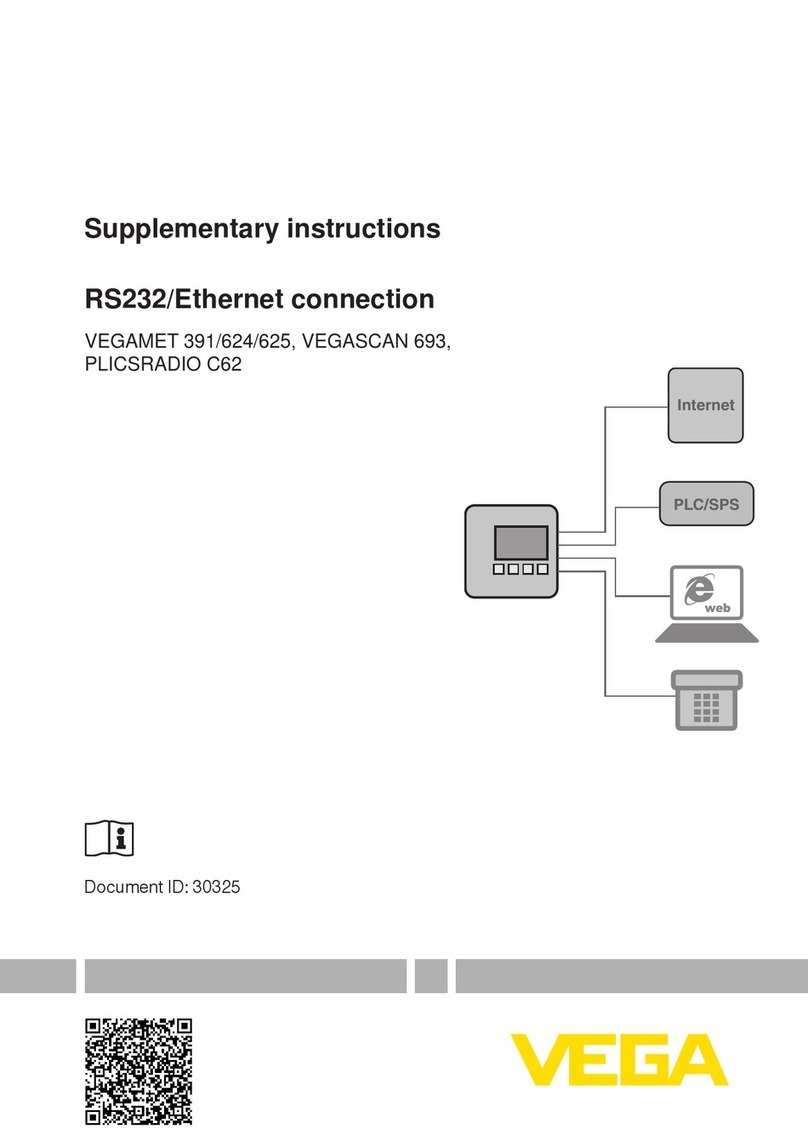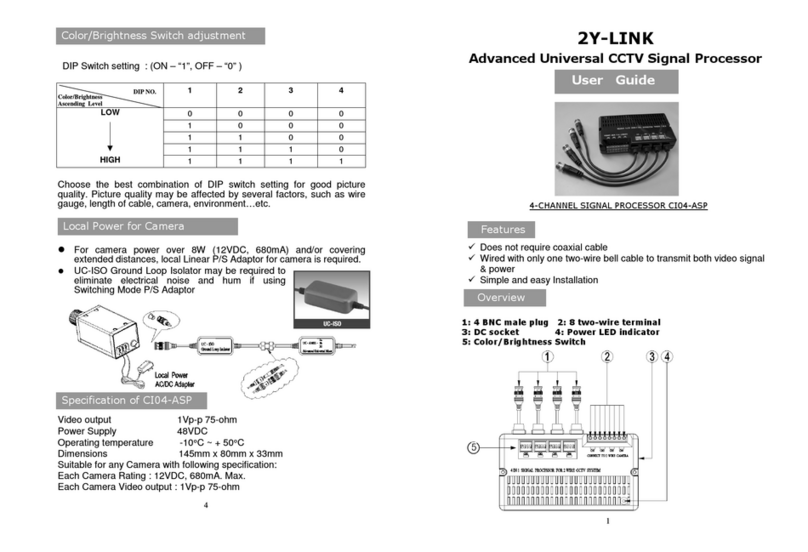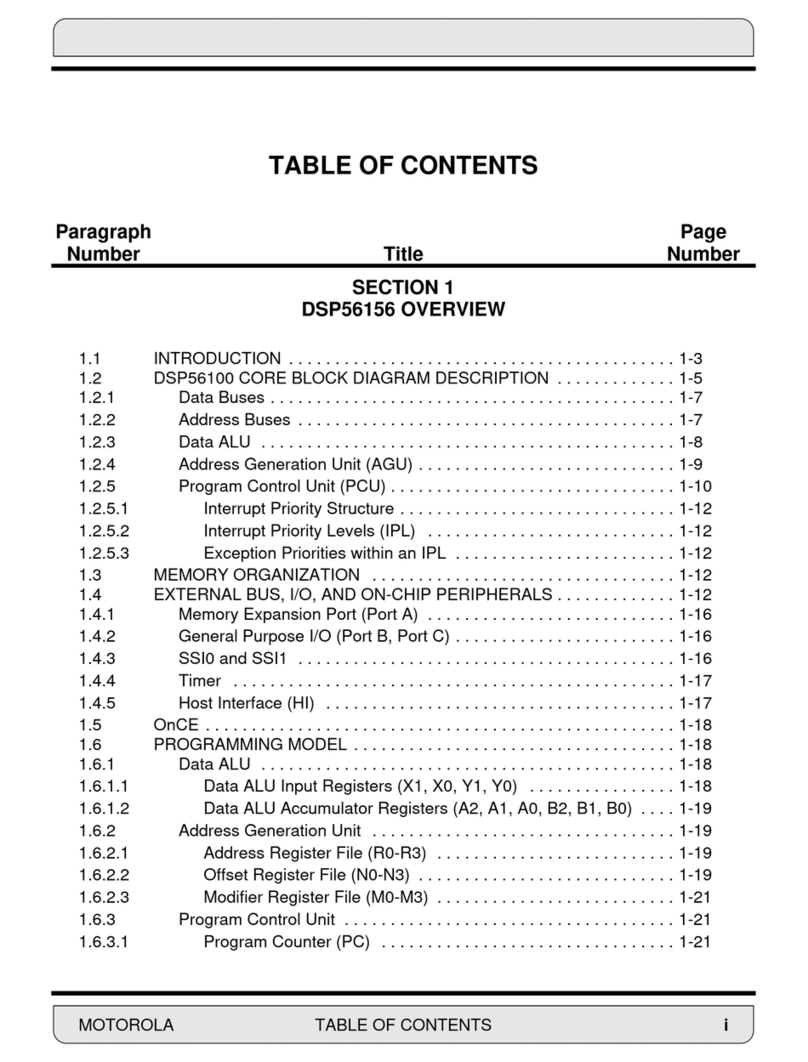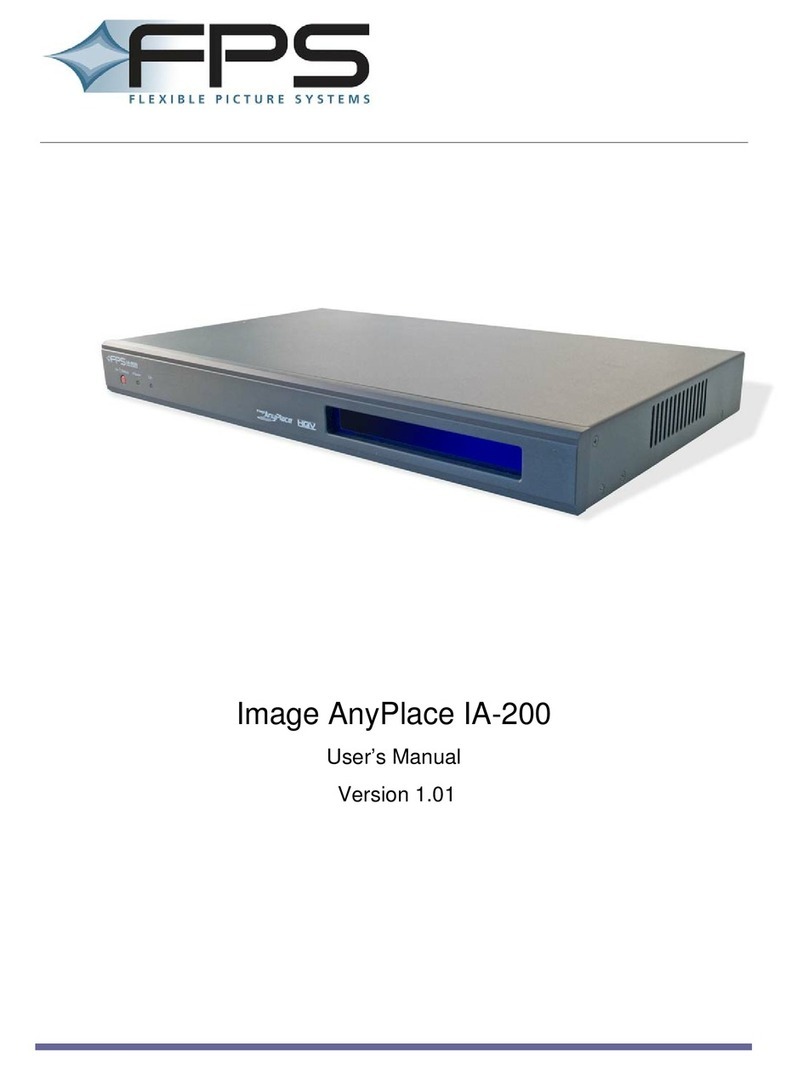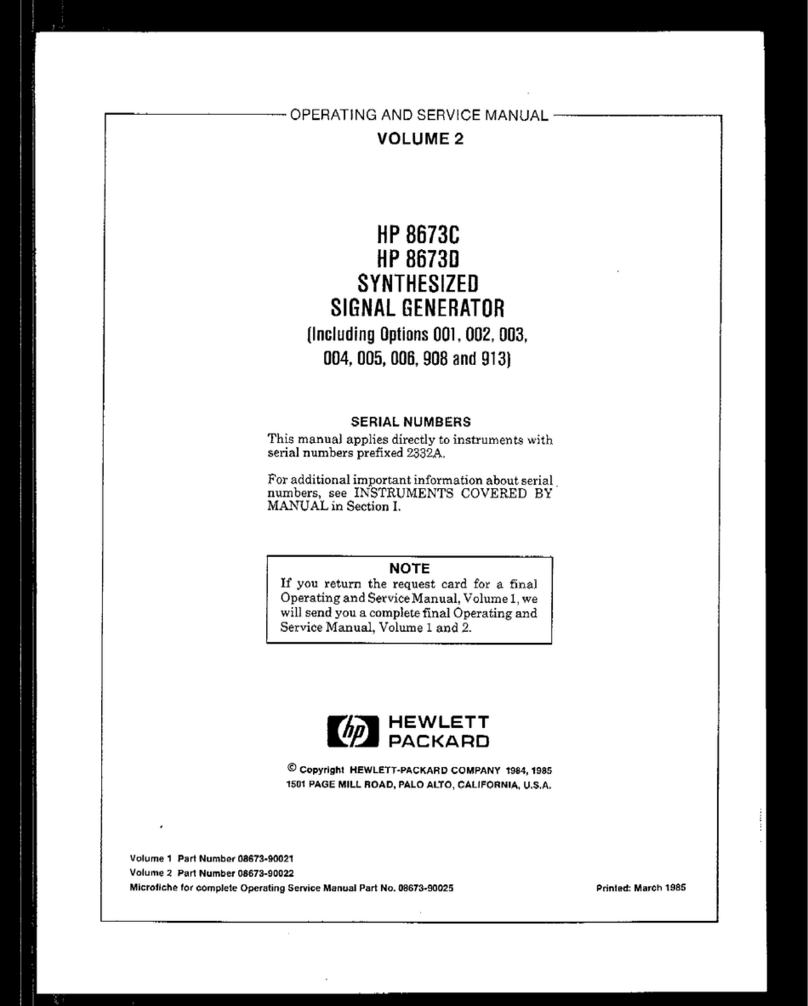
R&S SM300 Table of Contents
Operating manual, 3/2007 0-7 E-1147.1646.00
6.1 Factory Default Settings ....................................................................................................... 6-71
6.2 Signal Generator.................................................................................................................... 6-72
6.2.1 Setting of Main Parameters (MAIN menu)................................................................... 6-73
6.2.1.1 Configuring the RF Signal ........................................................................... 6-74
6.2.1.2 Configuring the LF Signal............................................................................ 6-76
6.2.1.2.1 Setting LF Parameters.............................................................................. 6-77
6.2.1.3 Switching on the Modulation ....................................................................... 6-78
6.2.1.4 Loading the Default Setting ......................................................................... 6-79
6.2.2 Modulation Settings (MOD menu) ............................................................................... 6-80
6.2.2.1 Amplitude Modulation (AM) ......................................................................... 6-81
6.2.2.1.1 Entering the Modulation Depth ................................................................. 6-82
6.2.2.1.2 Setting the Polarity of the Modulation Voltage.......................................... 6-83
6.2.2.1.3 Selecting a Modulation Source ................................................................. 6-84
6.2.2.1.4 Setting the Coupling of the External LF Generator................................... 6-84
6.2.2.1.5 Setting the Internal LF Generator Frequency ........................................... 6-85
6.2.2.1.6 Switching On AM ...................................................................................... 6-85
6.2.2.2 Frequency Modulation (FM) ........................................................................ 6-86
6.2.2.2.1 Entering the Frequency Deviation ............................................................ 6-87
6.2.2.2.2 Setting the Polarity of the Modulation Voltage.......................................... 6-88
6.2.2.2.3 Selecting the Modulation Source .............................................................. 6-89
6.2.2.2.4 Setting the Coupling of the External LF Generator................................... 6-89
6.2.2.2.5 Setting the Internal LF Generator Frequency ........................................... 6-90
6.2.2.2.6 Switching On FM....................................................................................... 6-90
6.2.2.3 Phase Modulation (φM) ............................................................................... 6-91
6.2.2.3.1 Entering the φM Deviation ........................................................................ 6-92
6.2.2.3.2 Setting the Internal LF Generator Frequency ........................................... 6-93
6.2.2.3.3 Switching on φM ....................................................................................... 6-93
6.2.2.4 Pulse Modulation (PULSE MOD) ................................................................ 6-94
6.2.2.4.1 Entering the Pulse Off Time...................................................................... 6-95
6.2.2.4.2 Entering the Pulse On Time...................................................................... 6-95
6.2.2.4.3 Entering the Pulse Delay Time ................................................................. 6-96
6.2.2.4.4 Selecting the Pulse Modulation Source .................................................... 6-96
6.2.2.4.5 Setting the External Pulse Polarity ........................................................... 6-97
6.2.2.4.6 Switching PULSE MOD On....................................................................... 6-97
6.2.2.5 I/Q Modulation ............................................................................................. 6-98
6.2.3 Sweep Settings (SWEEP Menu) ................................................................................. 6-99
6.2.3.1 Signal Generator Frequency Sweep ......................................................... 6-100
6.2.3.1.1 Entering the RF Range ........................................................................... 6-101
6.2.3.1.2 Defining the RF Sweep Sequence.......................................................... 6-102
6.2.3.1.3 Setting/Starting the RF Sweep Mode ..................................................... 6-104
6.2.3.2 Signal Generator Level Sweep.................................................................. 6-106
6.2.3.2.1 Entering the RF level range .................................................................... 6-107
6.2.3.2.2 Defining the Level Sweep Sequence...................................................... 6-108
6.2.3.2.3 Setting/Starting the Level Sweep Mode.................................................. 6-109
6.2.3.3 Frequency Sweep of the Internal LF Generator........................................ 6-111
6.2.3.3.1 Entering the LF Range............................................................................ 6-112
6.2.3.3.2 Defining the LF Sweep Sequence .......................................................... 6-113
6.2.3.3.3 Setting/Starting the LF Sweep Mode ...................................................... 6-115
6.2.4 Special Frequency Settings (FREQ CHAN Menu) .................................................... 6-117
6.2.4.1 Entering the Signal Generator Frequency Offset ...................................... 6-118
6.2.4.2 Setting the Step Size for Frequency Entry with the Rotary Knob ............. 6-119
6.2.4.3 Creating Channel Lists .............................................................................. 6-120
6.2.4.3.1 Creating/Editing a Channel List .............................................................. 6-122


